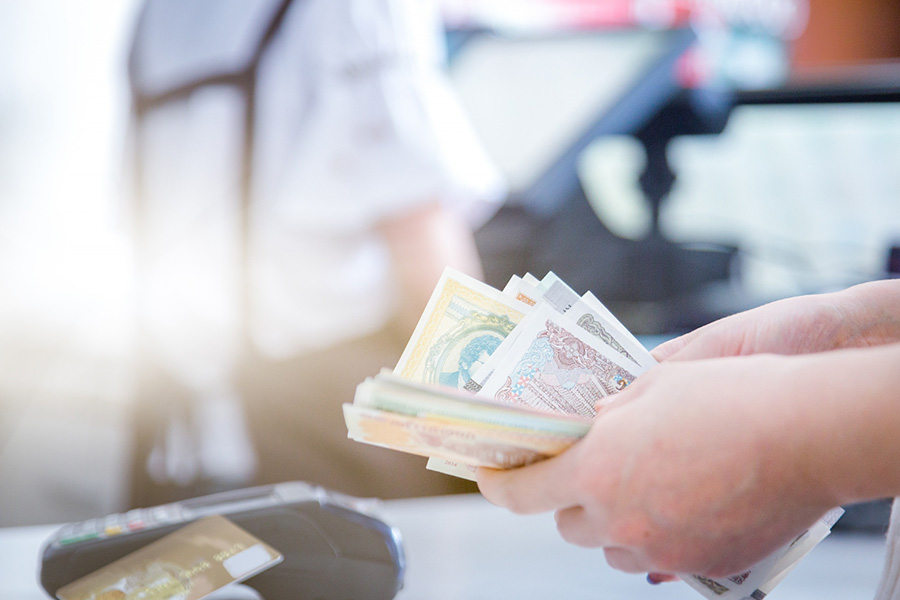
Government-owned banks in India have lower left-tail risk but higher volatility than private banks, driven by differences in risk profiles and government support expectations.
Authors
Pranjal Srivastava, Business School, University of Aberdeen, Aberdeen, AB24 3FX, United Kingdom
Sumit Saurav, Indian Institute of Management Bangalore, Bannerghatta Road, Bangalore, Karnataka 560076, India
Abinash Mishra, Assistant Professor, Jindal Global Business School, O.P. Jindal Global University, Sonipat, Haryana 131001, India
Summary
We examine the differences in the options implied left-tail risk and volatility of government-owned and private banks in India. We show that left-tail risk and the cost of insurance for protection against it are high for private banks as compared to government-owned banks, despite their superior asset quality. The COVID-19 crisis, an exogenous shock to systematic risk, increased the left-tail risk more for private banks. Furthermore, the effect of government ownership on left-tail risk is more significant for smaller banks compared to larger banks. Contrary to our left-tail risk result, we find that government-owned banks have higher near-the-money options implied volatility than private banks. Our findings suggest that while government ownership mitigates expected downside risk, it also leads to higher expected volatility due to riskier lending policies and uncertainties about capital infusions.
Published in: Journal of Corporate Finance
To read the full article, please click here.

